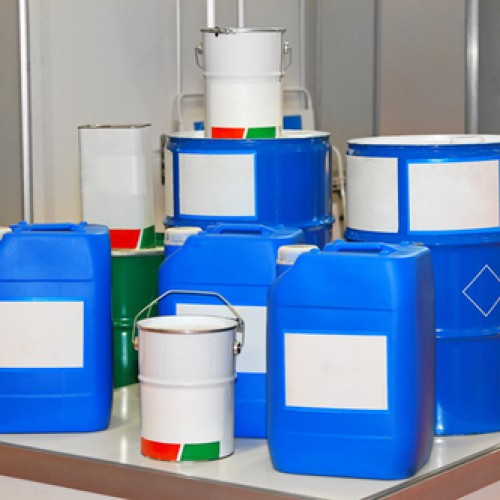The FFDCA (Federal Food, Drug and Cosmetic Act) defines labeling as any printed, written or graphic material upon any containers. This definition also extends to tags, posters, pamphlets, brochures, booklets, circulars, instructions and websites. The U.S FDA has regulations put in place to ensure that manufacturers and producers follow these rules and regulations to the letter to protect the interests of both the consumers and producers. As a producer, is your container labeling up to the required standard?
Labeling mistakes can amount to severe penalties and detentions and every year, more than 22% companies are held liable to these mistakes. In this article we are going to help you as a producer understands the different container regulations to prevent costly errors and provide guidance to necessitate revisions.
Chemical Containers
All chemical containers need to be updated with GHS labels. There are basically 6 key elements to a GHS label both for primary and secondary containers. The six elements of a GHS label include:
- Signal word: There are two commonly used signal words to indicate hazard level. “Warning” is used to warn handlers on less severe cases while “Danger” is used on most sever instances.
- Hazard pictograms: These symbols are used to identify hazardous products and they are grouped by health risk, physical risk, chemical risk and environmental risk.
- Manufacturer information: This indicates a manufacturer’s address, company name and contacts.
- Precautionary statements: These statements describe storage, response, preventative or disposal precautions tied to each hazard statement.
- Hazard statements: These are phrases that describe the degree of a hazard and the nature of hazardous products.
- Product identifiers: These are names of chemicals or products and are usually located on the right of manufacturers’ information.
Primary Container Labeling
Primary chemical containers are the drums, cylinders, cans, boxes, bottles, barrels and bags from manufacturers. These containers should all be labeled according to the GHS mandate which should include all the six elements of GHS labeling. These labels cannot be removed or altered in any way. In case they have to be replaced due to fading, they have to be replaced with new labels with the exact information that was there initially.
Secondary Container Labeling
Secondary containers are much smaller that primary containers. These include jars, jugs and spray bottles just to mention a few. These containers hold the contents got from primary containers to be sold or distributed to the general population. Just like primary containers, secondary containers should also meet all the requirements of the GHS labeling regulations.
Conclusion
As a manufacturer, you need to be keen about meeting all the requirements of GHS labeling regulations especially if your products have chemicals. This basically means that your drum and barrel labels should be professionally designed to ensure they meet all the criteria of GHS regulations to pass the FFDA test. There are instances where a manufacturer requires buying ingredients from suppliers and then using to manufacturer products. The final consumer products should also meet the FFDA regulations. Labels, especially chemical labels, should be printed on weatherproof materials to avoid fading. These materials are durable and they can withstand abrasion.







